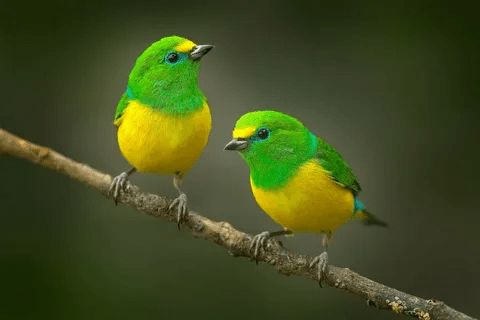The Golden-browed Chlorophonia is a small bird native to the montane forests of Central and South America. With its bright green and yellow feathers, this bird is sure to catch your eye and leave you in awe of its beauty.


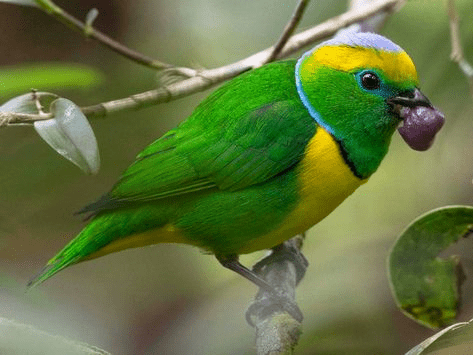

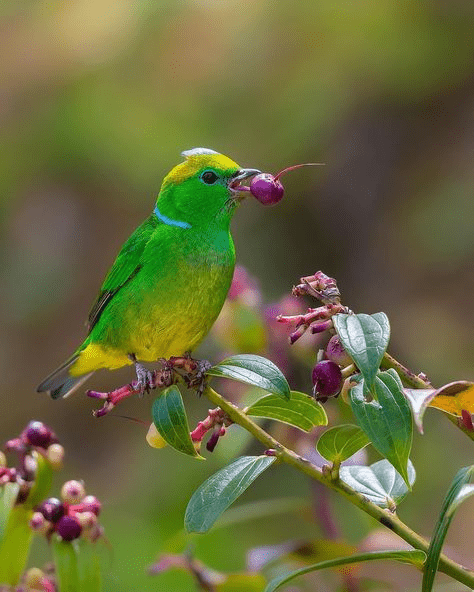





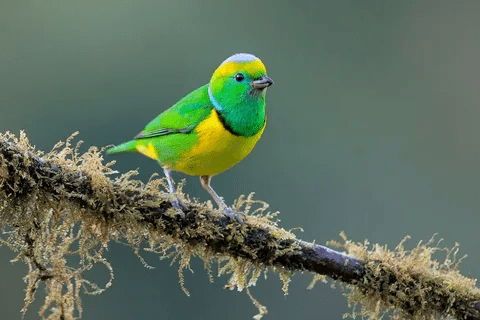

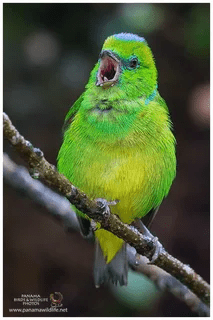

One of the most distinguishing features of the Golden-browed Chlorophonia is its vibrant green color, which covers most of its body.
The bird’s wings and tail feathers are a brilliant yellow, and its forehead is adorned with a bright orange-red patch. The combination of these colors creates a stunning display that is sure to turn heads.
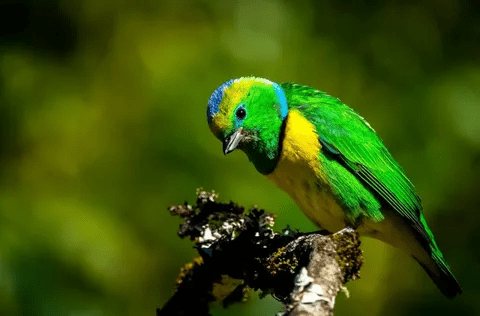

In addition to its colorful feathers, the Golden-browed Chlorophonia has a distinctive song that is both melodic and piercing.
This bird’s call is often heard in the early morning and late afternoon, and is considered to be one of the most beautiful in the bird kingdom.
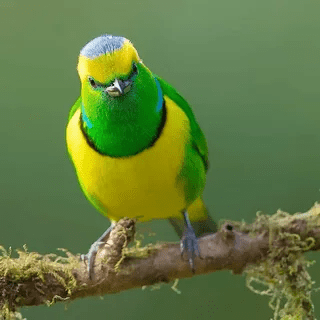

The Golden-browed Chlorophonia is a member of the Finch family and is typically found in the high-altitude forests of the Andes mountain range, from Venezuela all the way down to Bolivia.
It is a relatively small bird, measuring around 10 centimeters in length and weighing just a few grams.
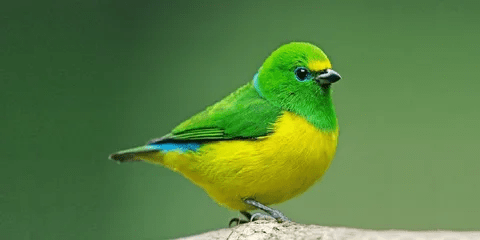

Despite its small size, the Golden-browed Chlorophonia is an important part of its ecosystem. The bird feeds primarily on fruit, including berries and figs, and also eats insects and spiders.
It plays an important role in seed dispersal and helps to maintain a healthy forest ecosystem.
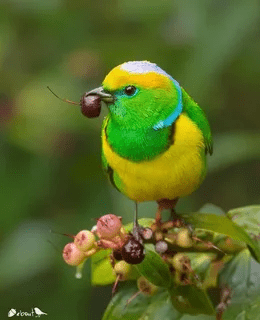

Unfortunately, like many other species of birds, the Golden-browed Chlorophonia is facing threats from habitat loss and fragmentation.
As human populations continue to grow and expand into forested areas, these birds are losing their homes and the food sources they depend on. It is important that we take steps to protect these beautiful birds and their habitats, before it’s too late.


In conclusion, the Golden-browed Chlorophonia is a stunning bird with its bright green and yellow feathers, beautiful song, and important ecological role.
As we continue to lose biodiversity around the world, it is more important than ever to appreciate and protect the amazing creatures that share our planet.
